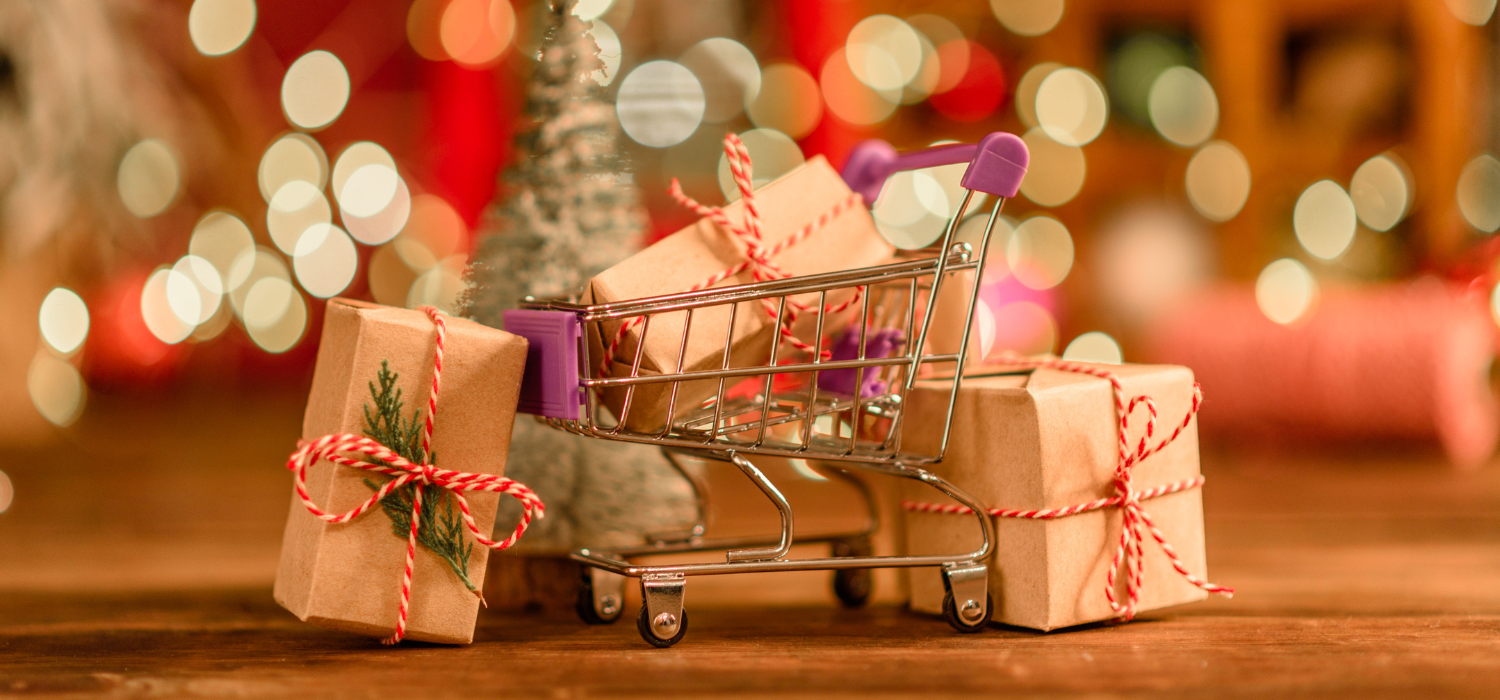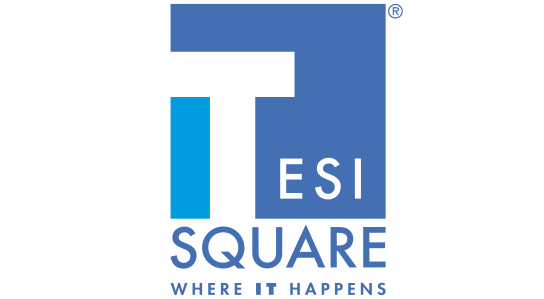In recent years, especially as a result of the pandemic, consumers’ digital skills have increased, as have their expectations and needs. For their part, marketing and eCommerce professionals have been able to acquire more and more information about customers’ preferences and consumption habits, refining the levels of personalisation of the services and information collected.
But what trends should we expect in the near future in the digital sphere?
According to the data collected in Salesforce’s Digital Trend Report 2021, there are several trends we will have to deal with.
1. Changing customer relationships
As mentioned above, users’ digital skills have increased in recent years and more and more customers (69% of the sample analysed by Salesforce) are asking brands to be present online with their product and service offerings. In fact, three out of five shoppers who bought essential goods online during the pandemic say they will continue to do so in the post-Covid period, despite the reopening of physical stores. In addition, 83 per cent expect shipping options for goods purchased online to be more flexible and adaptable to their needs, such as Click & Collect, which is increasingly popular among consumers.
Faced with this scenario, companies need to rethink their interactions with their customers. Many, for example, are adopting an omnichannel digital approach (we have explained in detail the benefits of omnichannelality here), as 56% of business leaders expect that the majority of their revenue in the next three years will come from digital channels.
2. Growing use of new channels
As customers expect more and more digital engagement from companies, they are consequently opening up to new communication and sales channels, such as social media, adv and chatbots, to reach their customers.
3. Data collection will enable increasingly connected and personalised experiences
Offering quality products and services that meet consumers’ needs is no longer enough. In fact, customers increasingly expect real shopping experiences (80 per cent of the Salesforce sample) and, as a result, 72 per cent of merchants selling online say it is increasingly difficult to meet consumers’ needs. How then?
The secret may lie in the collection of data on consumers’ buying habits and preferences, enabling an increasing level of personalisation. In fact, more than 70% of retailers claim to be more data-dependent than they were before the pandemic.
In this context, however, it is also crucial to balance growing concerns about customer privacy. Many users, in fact, still do not feel totally safe online, especially when it comes to entering personal or credit card data.
4. The knowledge gap will narrow
As was to be expected and inevitable, structural and skills gaps in the digital sphere have also come to light in recent years. Therefore, companies need to rethink the way they use technology so that they can operate more efficiently and better meet customer needs.
The challenges for the coming years will therefore be to innovate, to learn how to interact differently with their customers and, finally, to create a more satisfying customer journey.













